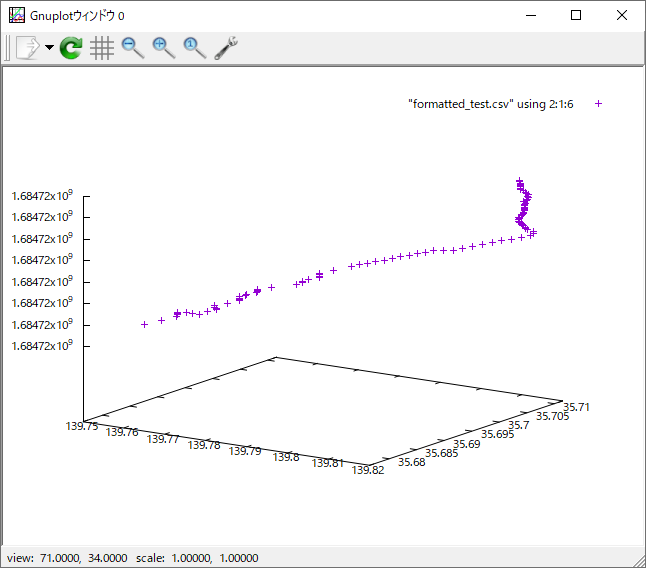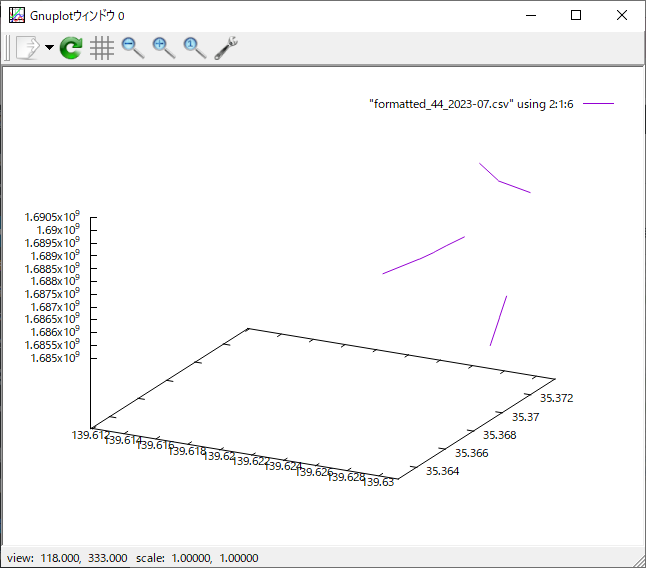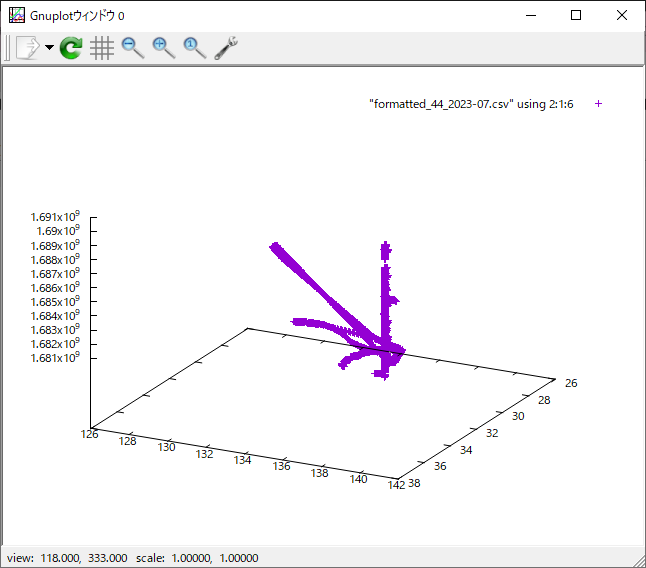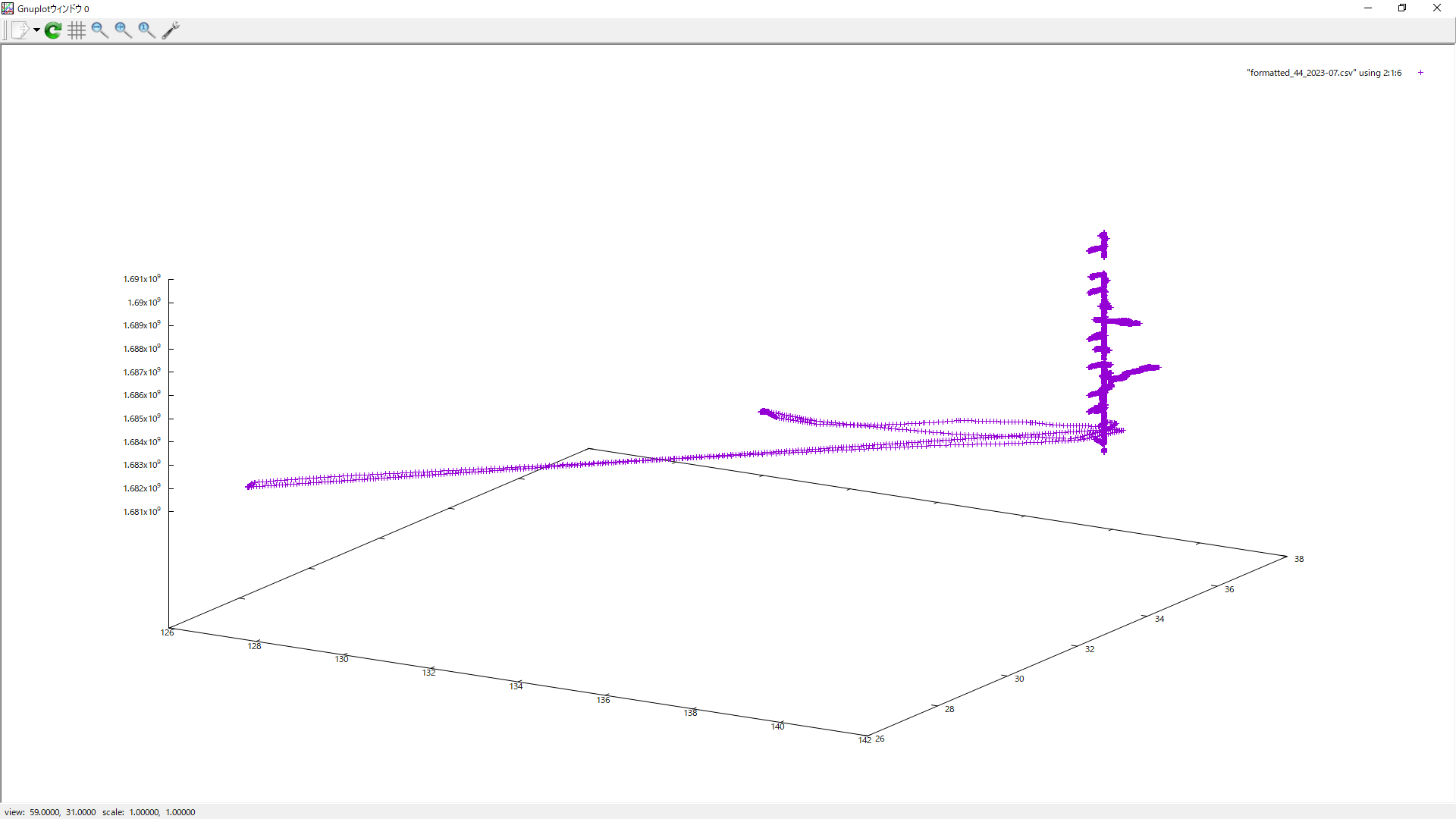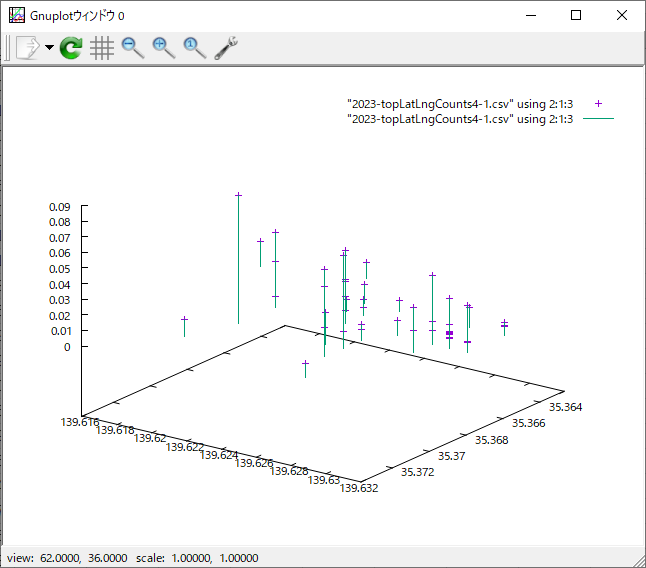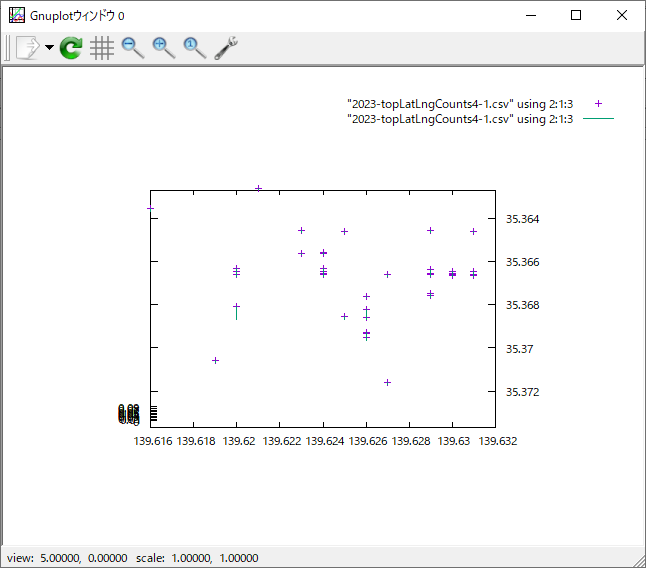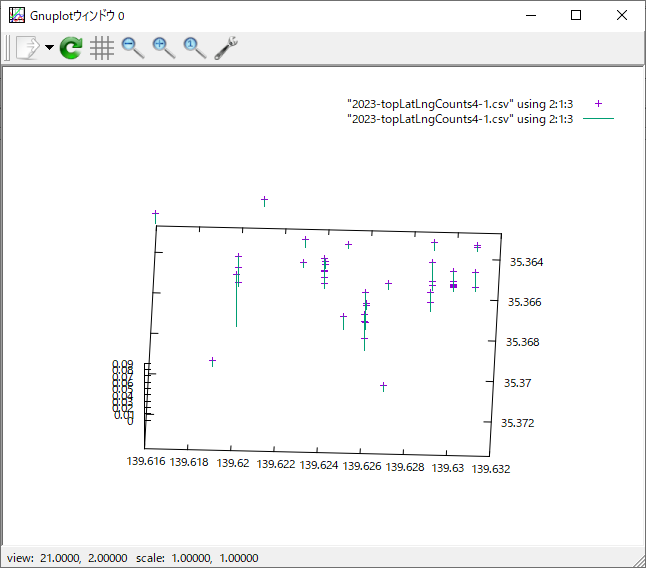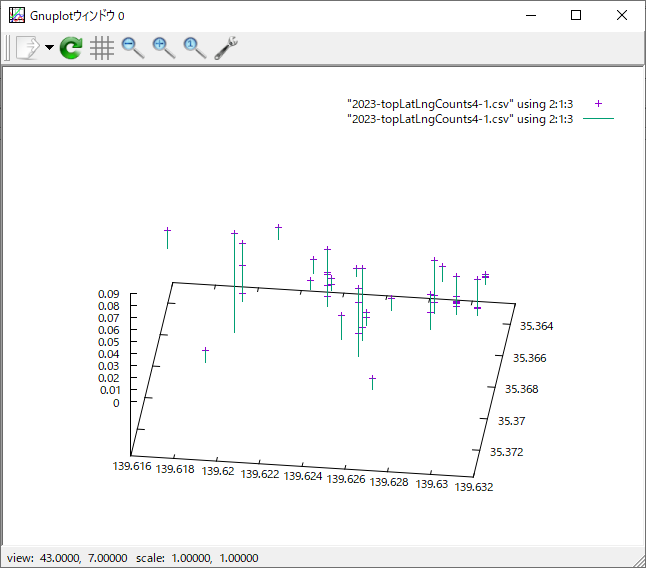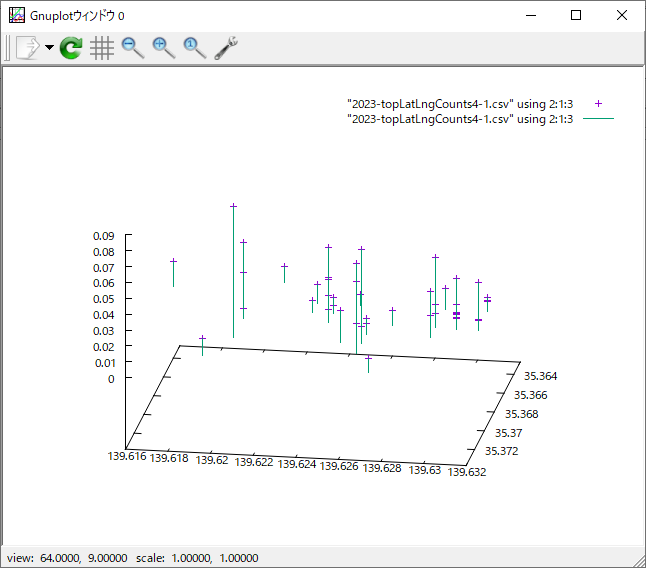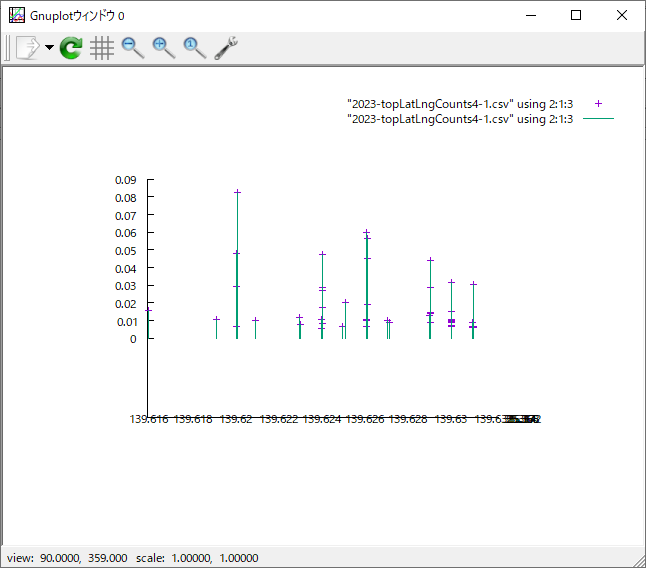NHK紅白歌合戦の視聴率が、史上最低の30%になったとのことで、批判されいるようです。
NHK's Kohaku Uta Gassen has been criticized for its viewership ratings, which are at an all-time low of 30%.
でも、私は、"30%"って、結構、凄い数値だと思っています。
But I think "30%" is a pretty impressive figure.
だって、全世代向けの歌をメインとする番組ですよ。
Because it is a program that focuses on songs for all generations.
全世代向け歌番組というコンテンツ縛りで、30%を叩き出すなんて、たいしたものだと思います。
I think it's quite a feat to hit 30% for an all-generational singing program.
ちなみに、過去のNHK紅白歌合戦の最高視聴率は、1963年(昭和38年)の視聴率81.4%だそうです。これは、恐るべき数値です。
Incidentally, the highest viewership rating for NHK's Kohaku Uta Gassen in the past was 81.4% in 1963 (Showa 38). This is a frightening figure.
-----
私は、NHK紅白歌合戦を楽しく試聴するには、ちゃんとした「訓練」が必要で、さらには「才能」も必要であると思っています。
I believe proper "training" and even more "talent" are required to enjoy listening to NHK Kohaku Uta Gassen.
普段から、ちゃんと歌番組を繰り返し試聴し、自分の中で熟成させるだけの時間が必要になります。
You will usually need to listen to the song program properly and repeatedly and only allow time for it to mature in your mind.
これは、自分の時間を、テレビなどの歌番組などのメディアに費すことができる、いわゆる『時間富裕層』にのみ許された特権です。
This privilege is reserved for the so-called "time rich" who can spend their time on TV and other media such as singing shows.
つまり、NHK紅白歌合戦は、時間富裕層という特権的階級であって、楽曲を楽しめる楽曲リテラシーを有する、エリート向けの番組なんですよ。
In other words, NHK Kohaku Uta Gassen is a program for the elite, the privileged class of time-rich people with music literacy, to enjoy the songs.
NHK紅白歌合戦と同じ時間帯に行っていた、N響「第9」演奏会とクラシック名演・名舞台と同じ位置付けになっているのです。
It is in the same position as the NHK Symphony Orchestra's "9th" concert, classic masterpieces, and famous performances, which were held at the same time as the NHK Kohaku Uta Gassen.
つまりクラッシック音楽を楽しむ為には、クラッシック音楽のリテラシーが必要となるように、NHK紅白歌合戦を楽しむ為には、NHK紅白歌合戦のリテラシーが必要となる ―― そういう時代になったのだと思います。
In other words, just as classical music literacy is necessary to enjoy classical music, NHK Kohaku Uta Gassen literacy is required to enjoy the NHK Kohaku Uta Gassen -- I think we are in such an era now.
-----
私、録画で、YOASOBIの「アイドル」だけ見ました(それしか、知っている楽曲がなかったので)。
On the recording, I only watched "Idol" by YOASOBI (since that was the only song I knew).
私がティーンエイジャだったころ、バックダンサーやっていたアイドルたちは、実にヘラヘラした踊りをしていました(だいたい歌が下手で聞いていられなかった)が、今のアイドルって、本当に凄いんですね。
When I was a teenager, the idols who were backup dancers were goofy dancers (and usually sang so badly that I couldn't even listen to them).
精錬されたパフォーマンスを楽しませて頂きました。
I enjoyed the refined performance.
アイドルという名のプロの矜持を見せつけられた気がします。
I feel like I was shown the pride of being a professional in the name of an idol.
